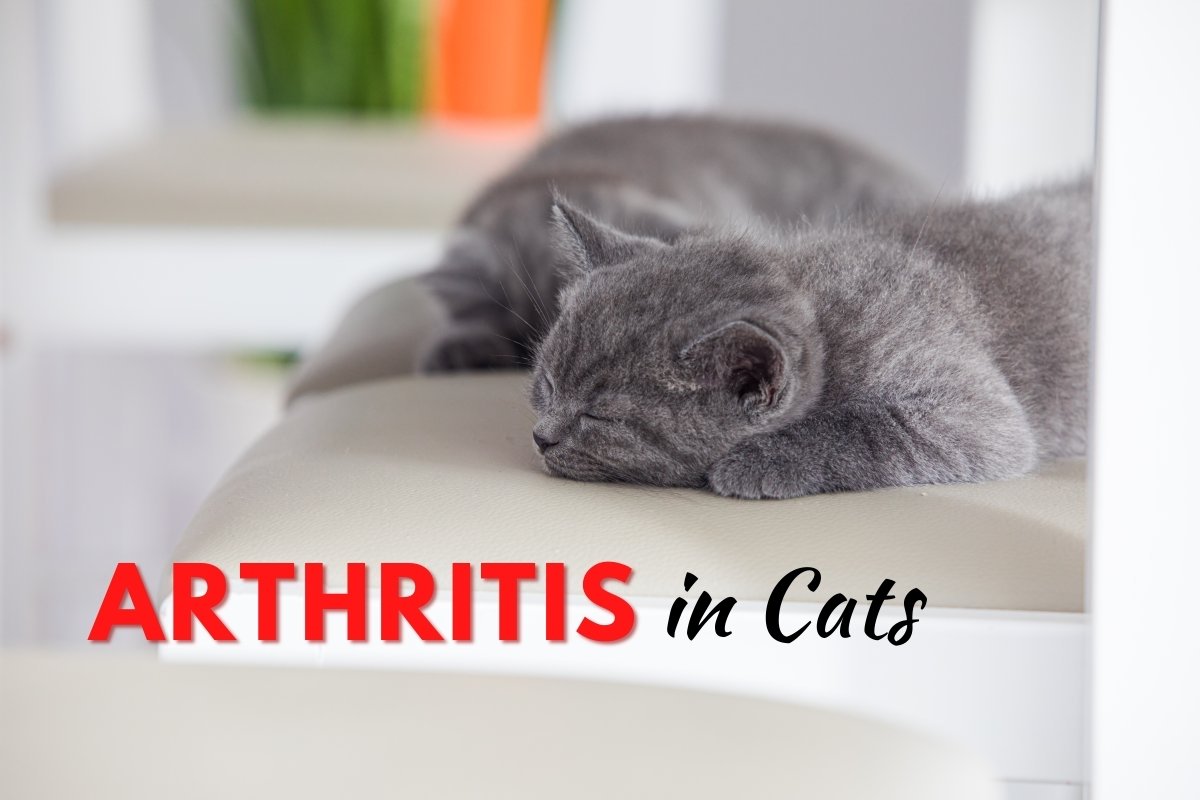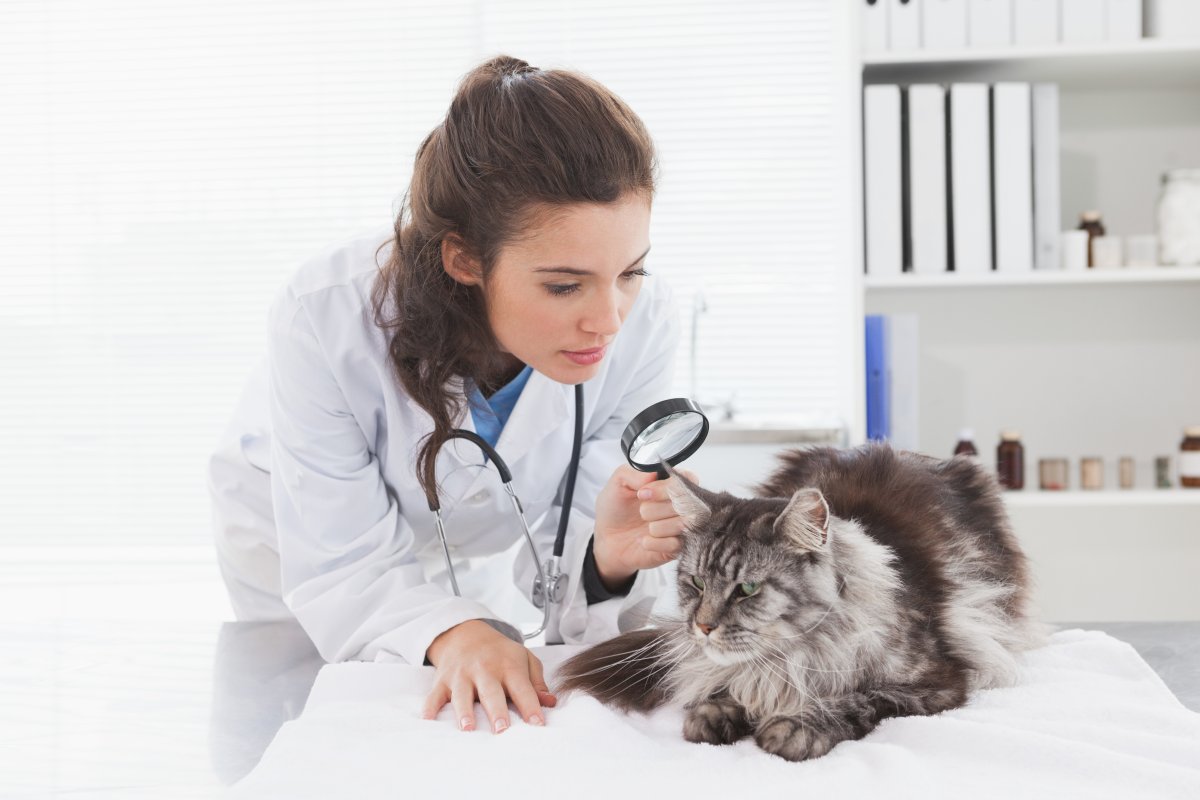Do you ever find your cat too tired to jump on her favorite couch? Does she seem to be less interested in chasing her catnip mice? Or is she facing difficulty using her litter box? Many cat owners think that all these signs are due to their age slowing down. But they may be a sign of arthritis that affects about 40% of all cats.
According to research studies, 90% of cats over 12 years old show signs of arthritis. The signs of this disease are seen as a weakness in the wild because naturally, cats are masters at hiding any illness, especially pain. Arthritis in cats is highly subtle and often goes underdiagnosed.
For being a responsible cat owner, we have come up with information about arthritis in cats. What kind of disease is this, and how can it badly affect your cat’s health. Read on to learn how to provide care to your cat while knowing the symptoms, causes, and treatment for this ailment.
What is Arthritis?
Arthritis is also called osteoarthritis. It is a painful bone disease in which the cartilage, responsible for providing protection to bones, wears away. This causes grinding and inflammation of the bone. Cats are more likely to develop arthritis in any joint, whether shoulders, elbows, knees, wrist, and most frequently hips. In senior cats or other mammals, arthritis is a prevalent condition and not merely a part of aging. With the care and proper treatment, your cat can enjoy her golden years comfortably; however, there is no way to cure this disease in the joints.
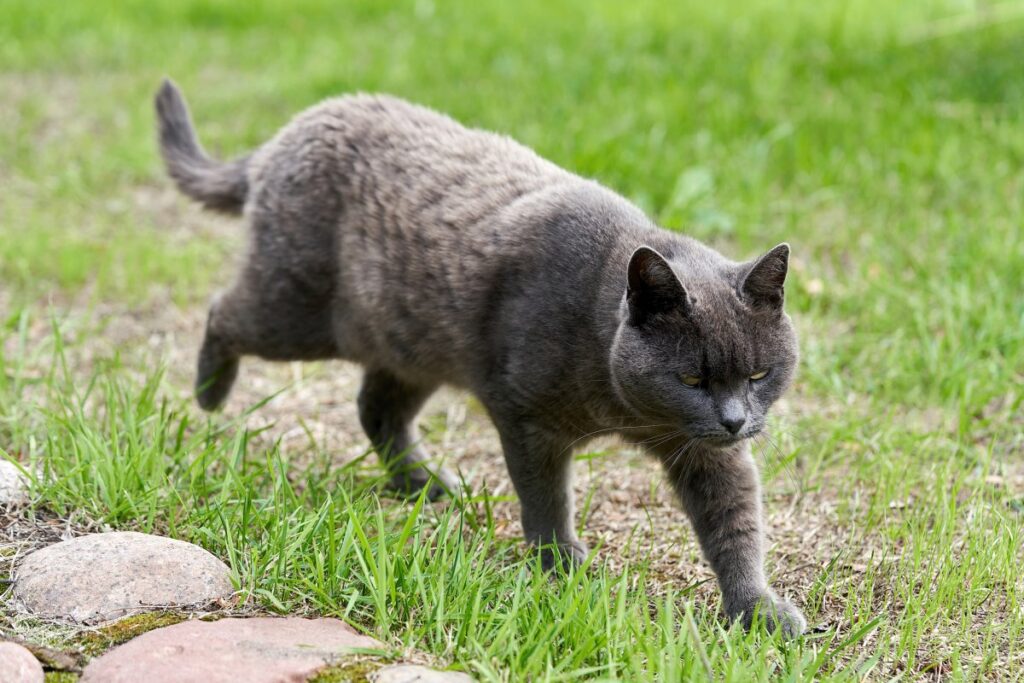
Symptoms of Arthritis
It is harder to pick up the signs of arthritis in cats than in dogs because cats with arthritis don’t limp. Instead, your cat will tend to change her behaviors, and you may notice the following changes in her:
Cats Reduce their Movement
- Inability to move, including getting up and down from the couch, sleeping areas, and other furniture. A cat will sleep somewhere lower in position or in a different location from the previous to prevent any pain.
- Reluctancy or having difficulty in the high side of the litter tray. This can also result in toileting accidents.
- While walking, the cat might also have a stiff gait occasionally.
Cats Change Grooming Behavior
- Cats reduce grooming due to severe pain and develop a matted or scurfy coat.
- Over-grooming results in self-trauma to their painful joint area.
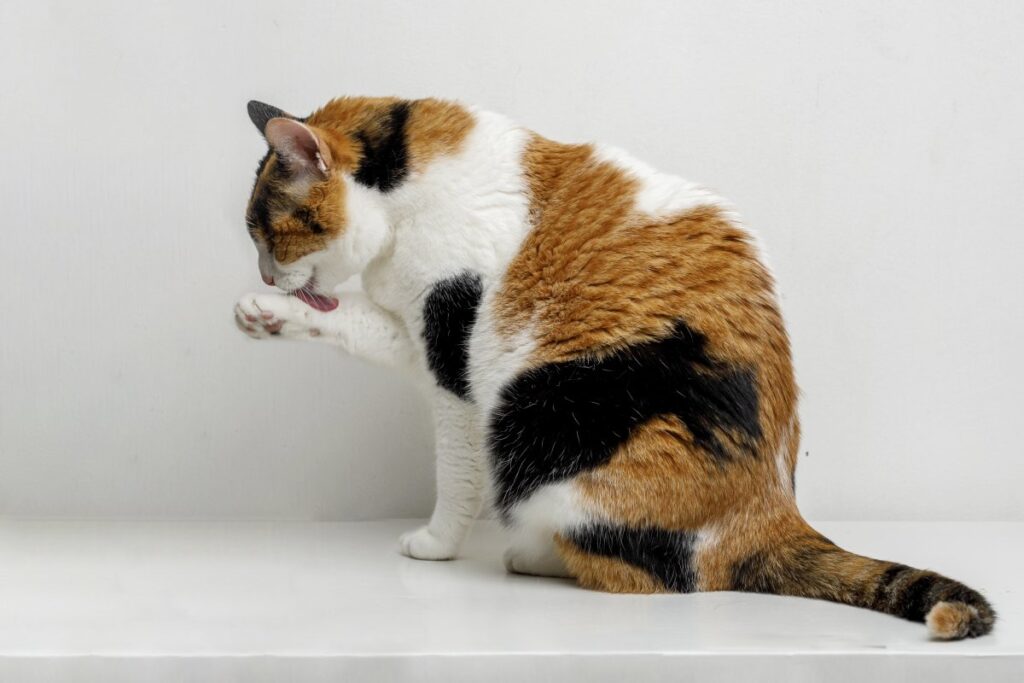
Cats Change Personality
- They become more aggressive even if they are good-natured.
- They will dislike being petted, held, or brushed, particularly over the hindquarters.
Cats Change Their Activity Level
- They will not feel like playing, going outside, hunting, and exploring.
- They will stop using scratching posts that quickly result in long and sharp nails.
Causes of Cat Arthritis
Following are the common factors that increase the risk of arthritis in cats:
- Abnormal hip development affecting cartilage in joints.
- Wear and tear of joints that get weakened as the cats get older.
- Arthritis can be caused due to joint injury or joint fracture.
- Obesity can make the arthritis condition worse; however, there is no scientific evidence that arthritis is caused by obesity.
- Some cat breeds have more risk of arthritis due to abnormal development of hips or cartilage. This can usually be seen in Persian, Maine Coon, Siamese, and Scottish Fold cat breeds.
Diagnosing Your Cat
Cats can easily hide their painful condition from their parents and vet alike, due to which arthritis in cats is often underdiagnosed and undertreated until the cat reaches the advanced stages of the disease. This leads them to pain and damages their relations with their owners.
Your vet will diagnose your cat if they suspect arthritis in your cat. They will check the cat’s medical history and physical examination. The vet will specifically look for:
- Joint pain
- Visible joint deformity
- Fluid in the joints
- Decrease range in movement
- Joint stability
- Grating and scraping noises when a cat moves her joints
To confirm arthritis diagnosis, the vet will take an x-ray from the inside of your cat’s body, especially her bones.

Treatment for Arthritis
Your vet will help you best deal with your cat’s treatment with arthritis. She may recommend the following options:
● Anti-Inflammatory Pain Relief
You are to give your cat non-steroidal anti-inflammatory to reduce severe inflammation and pain. This medicine can be given often every other day.
Arthritis in humans is different from arthritis in cats; therefore, never try to give human medication to your cat without discussing it with your vet.
● Additional Pain Relief
The vet will recommend additional pain relief along with anti-inflammatory pain relief if your cat still experiences pain. Your vet can tell you which medications might be good for your cat’s health.
● Joint Supplements
You can use joint supplements, glucosamine, omega 3, and many other medicines to help your cat slow down the progression of arthritis. However, joint supplements don’t work for all cats and can not be replaced with medications. Many joint supplements are available in the market; your vet will advise you of a suitable product.
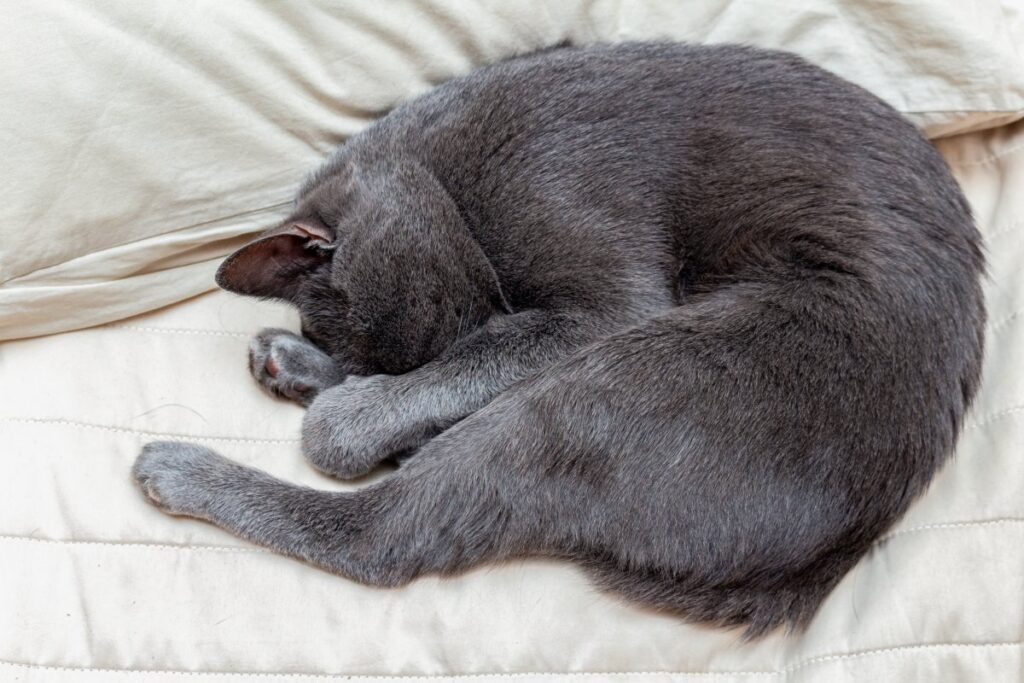
● Additional Therapies
Many cats can’t tolerate acupuncture because of stress. But sometimes, it can help with signs of arthritis. Speak to your vet if you want acupuncture; they will guide and recommend qualified acupuncture for your cat. Also, find a therapist that can come to your home to reduce your cat’s stress.
Moreover, hydrotherapy doesn’t sound a good option for many cats until or unless they love water. Otherwise, forcing them into a pool can leave them under more stress than the benefits of this therapy.
● Surgery
If your cat is facing severe and uncontrollable arthritis, it is better to consider surgery. For instance, surgery fusion means that there will no longer be a source of pain. In addition, surgeries are only available at hospitals of specialist veterinarians.
Wrapping Up
Arthritis in cats is hard to diagnose, even for the skilled veterinarian. Knowing the above symptoms can provide essential clues to veterinarians. This will help them diagnose the disease along with radiographic evidence of physical examinations and different pain assessment methods to ease the silent suffering of older cats with arthritis.

